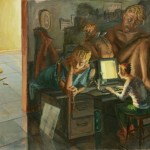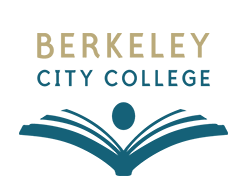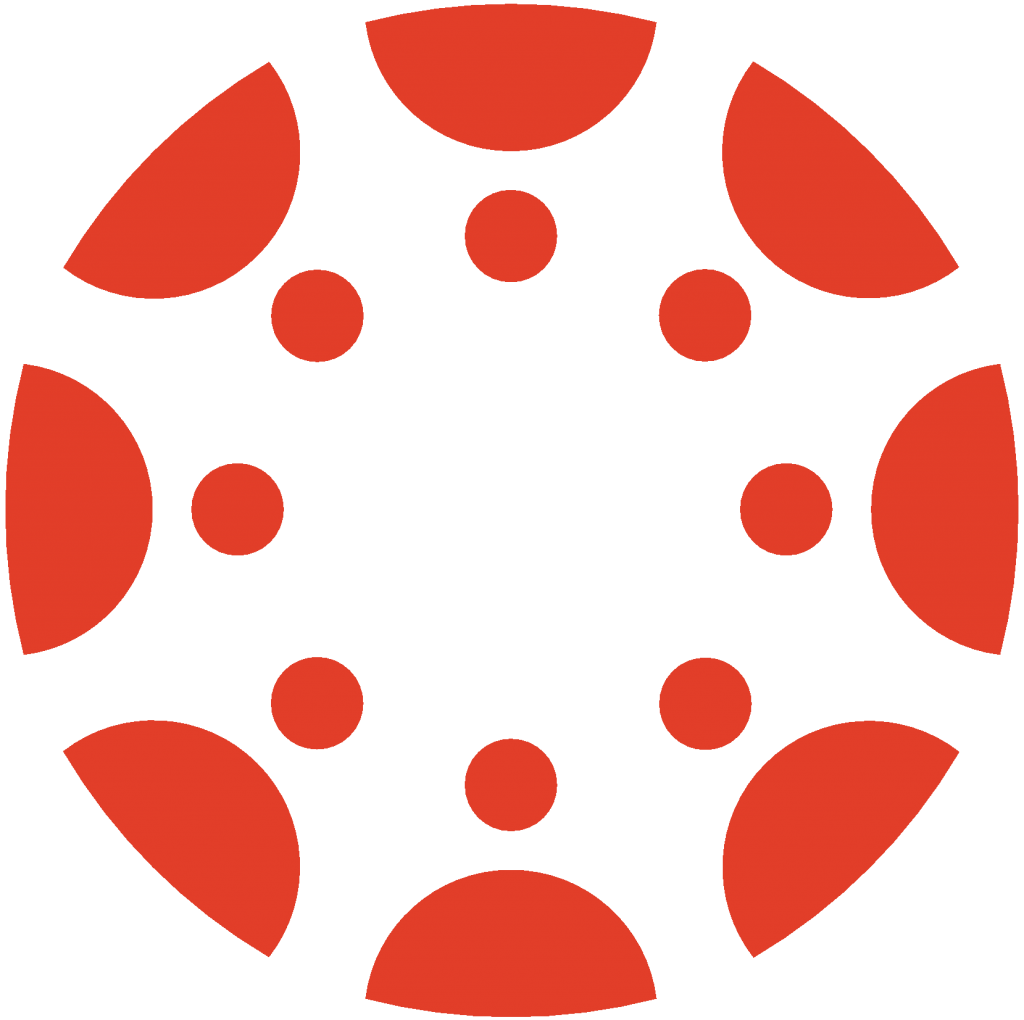Figure Drawing, Anatomy
Art 25, 2 Units – Beginning Figure Drawing and Composition
Art 26, 2 Units – Continuing Figure Drawing and Composition
Art 29, 2 Units – Special Projects: Figure Drawing
Course Summary: Understanding the figure from quick sketches to long careful studies of the live model: Fundamentals of anatomy, proportion, drawing techniques, and composition.
Art 30, 2 Units Beginning Figure Drawing, Anatomy
Art 31, 2 Units Continuing Figure Drawing, Anatomy
Course Summary: The figure is one of the most challenging problems for an artist and many spend a lifetime honing their anatomical skills and developing a personal style. We will explore the figure through gesture, proportion, line, contour, volume and movement. Perspective and foreshortening will enable us to create space in order to ”walk around the figure’. With our model we will study the skeletal system and basic muscle groups, how they overlap and attach to bone. Through an understanding of the amazing engineering mechanics of the body we will gain confidence to move on to depicting personality, mood and emotion in a particular pose. We will learn to render volume and contour with charcoal and pencil, pen / brush and ink, and toward the end of the semester experiment with watercolor and gouache (opaque w/c). We will spend some time on the dynamics of facial expression and hands (the one body part that makes or breaks an artist!).

- Remote Access M., 33” X 43” acrylic/p, Louise Stanley © 2004
Figure Painting in Context: Inventing a Narrative
Art 119, 3 Units Figure Painting in Context
Course Summary: You have a great idea and a willing model but how do you put the two together? Is it day, is it night? Is it indoors, is it out? Is the mood tragic or comic, somber or light? The figure is a loaded subject which can be used to tell a story, explain the human condition or it can be used as a symbol for psychological drama and political observations. We will explore modes of narration using art history, the world around us, and personal experience for subject matter and as reference. Our research journals will serve as visual laboratories. We will begin with quick studies, drawing with the brush to warm up and get the flavor and gesture of a pose. We will look at anatomical landmarks on the figure itself and study how light creates form and nuance across a plane. We will explore techniques of moving paint, mixing color and painting flesh using watercolor, gouache and acrylic media. Our objective will be invention, risk-taking and developing a personal method and style which may move freely between realism and abstraction. This course provides ‘story-boarding’ tools for future animators and offers insight into the creative process for art historians. For painters who are frustrated by having to pack up just as the juices are flowing, this six-hour session will give you a chance to find your personal working rhythm.

 Canvas
Canvas
 Donate
Donate
 Let's Talk!
Let's Talk!
